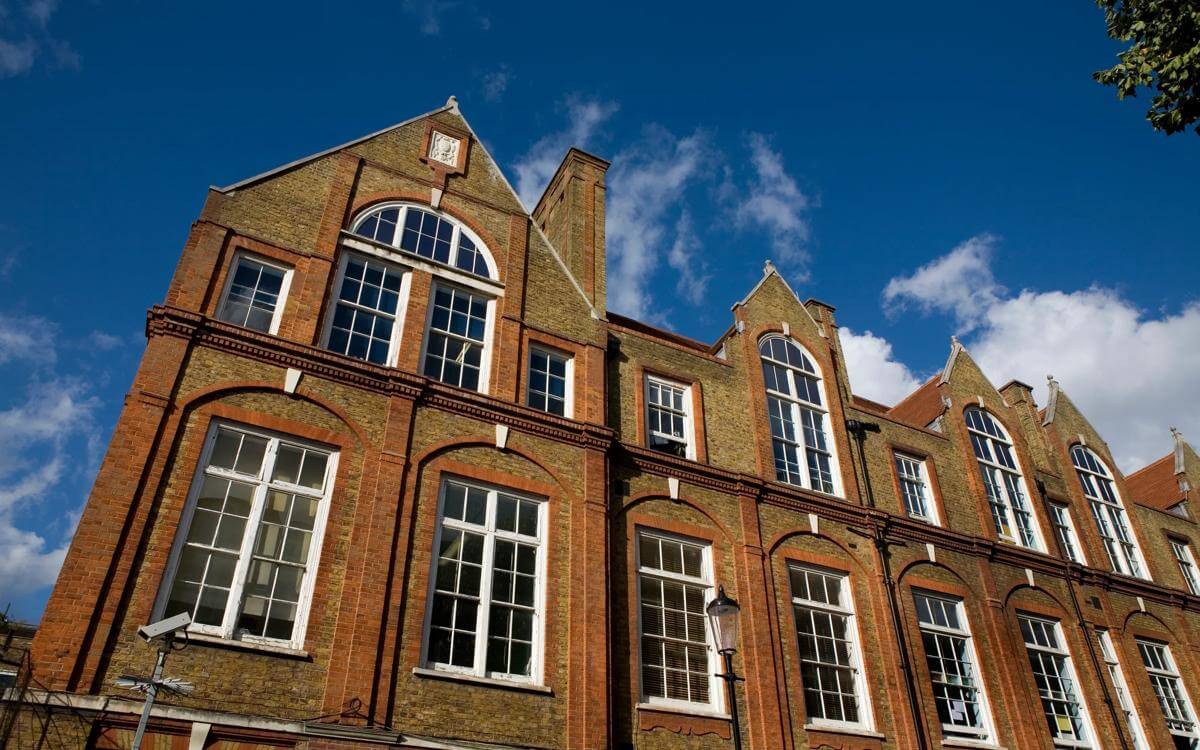Knife crime and school exclusions
Recent deaths following a wave of knife attacks has resulted in a renewed national focus on what more can be done to prevent the appalling escalation in knife-crime.
Recent deaths following a wave of knife attacks has resulted in a renewed national focus on what more can be done to prevent the appalling escalation in knife-crime. A number of commentators have expressed opinions on the possible cause of the increase, ranging from decreasing numbers of police on the streets, to axing funding for local services that work with vulnerable youths to linking school exclusions as a causative effect of violent behaviour. It is in the context of this latter opinion that we review the legal obligations facing schools in responding to knife-crime as well as taking preventative measures.
The law on carrying knives
Carrying a knife is a criminal offence under s.1 of the Prevention of Crime Act 1953 and s.4 of the Offensive Weapons Act 1996 (which inserted s.139A into the Criminal Justice Act 1988 (Offensive Weapons, Bladed and Pointed Articles on school premises). It is no defence for a pupil to assert that they were carrying a knife for their own protection or were carrying it for someone else.
Exclusion as a response to knife-crime
The test for exclusions is clear. Headteachers have the power to permanently exclude where there has been a serious breach or persistent breaches of a school’s behaviour policy and where allowing that pupil to remain at the school is likely to seriously harm the education or welfare of themselves or others at the school. Clearly carrying a knife should constitute a serious breach of any school’s behaviour policy. The second limb of the exclusions test is also met as not only does bringing a weapon into school clearly put that pupil and others at serious risk of physical harm.
Yet just because the permanent exclusions test is satisfied, it does not necessarily follow that a headteacher has to exclude; they can exercise their discretion to impose a lesser sanction. There may of course be certain situations where that discretion should be exercised e.g. in the case of a knife being inappropriately put in a 8-year old’s lunchbox without the pupil’s knowledge or if there are religious reasons why a certain type of blade can be carried such as a kirpan. However, in most circumstances permanent exclusion will regrettably be the only course of action a headteacher feels they can take.
Imposing the last-resort sanction of permanent exclusion clearly conveys to all pupils the seriousness of carrying knives and to deter others from doing the same. Arguably in areas where gang activity and knife-crime is particularly problematic schools need to have tough stances on such activity in order to protect its users. This can of course be devastating to the pupil in question but the school must balance the interests of that pupil against those of the rest of the school community.
Questions for school leaders and governors/trustees
As part of the exclusion process and in accordance with the statutory guidance on exclusions, governors would need to look at the circumstances of the case in sufficient detail to satisfy themselves that the decision to exclude was lawful, rational and procedurally fair. As part of that assessment they should look at whether the headteacher considered alternatives to exclusion, such as a managed move or the pupil being directed to off-site provision. Neither may be deemed appropriate but the headteacher still has a duty to consider those alternatives to exclusion and justify their decision. Governors should consider all relevant factors which could include:
- What steps the school takes in relation to educating young people about knife-crime and the consequences of any such action?
- How the school informs pupils about the contents of the behaviour policy and how often are the contents of the policy reinforced?
- Whether pupils get to comment and work with the school on the content of the behaviour policy and other policies?
- How the school implements and monitors other relevant policies such as safeguarding, anti-bullying, drugs?
- Whether knife-crime and gang-related activity is covered in PHSE or other lessons?
- How the school works with parents to reinforce these messages at home?
- Whether the police or any other charities have been invited into school to talk to pupils about knife-crime?
- Whether there are school links with any local charities that work with young people?
If governors fail to look in sufficient depth at what the school has done to prevent pupils carrying knives this could later be scrutinised by an Independent Review Panel. The decision to exclude could be quashed and/or the school could be criticised for failing to take steps that they believe could have prevented a pupil carrying a knife in the first place.
The context of the school will of course be relevant when looking at the extent of measures taken by a school and whether those measures were reasonable and adequate. It is also worth noting that schools can exclude for behaviour outside school premises where it is reasonable to do so and therefore could exclude a pupil found carrying a knife outside of school.
Conclusion
Arguing against exclusion for knife-related crime is not the solution and schools should not be criticised for making those decisions. There is a strong public interest in deterring the carrying and use of knives and other offensive weapons and it is essential that the rest of the community feel safe; in many cases permanent exclusion will be the only way forward. It is perhaps timely for all schools to review what they are doing now. If a school has put in place strong preventative measures such as those outlined above and monitors the same, then it is arguably doing all it can to keep its school community safe.
Browne Jacobson can provide bespoke training to senior leadership team and governors on exclusions. Get in touch today to find out how we can help and to discuss your requirements.
Contact

Hayley O'Sullivan
Principal Associate
hayley.o'sullivan@brownejacobson.com
+44 (0)121 237 3994








































